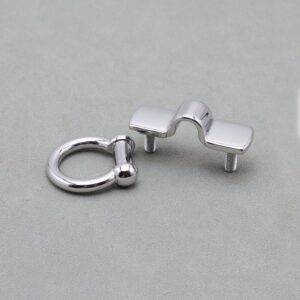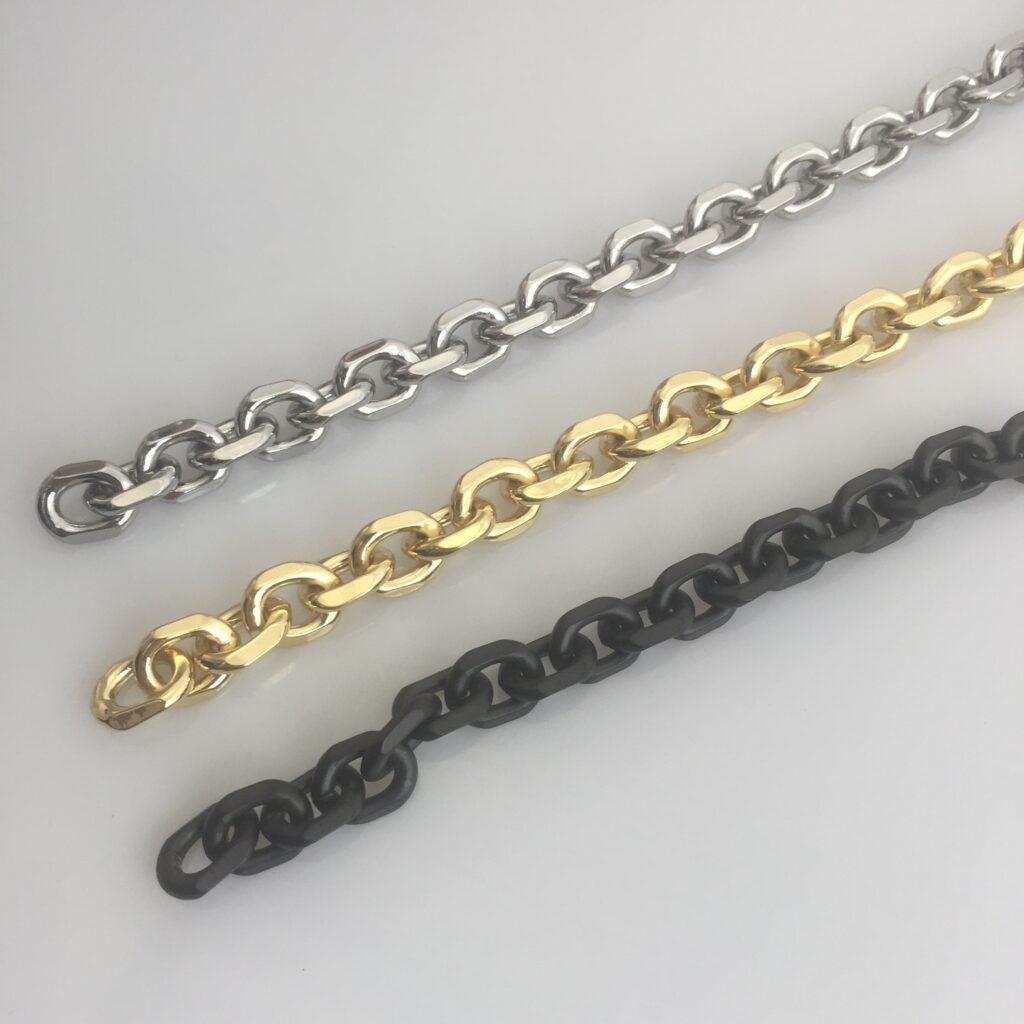. The process is used to enhance the properties of a substrate, whether it is durability, corrosion resistance, conductivity or aesthetics. Electroplating is usually applied to metals, but can also be used on plastics, glass and other materials. The technology has become an important part of modern manufacturing, especially in the production of luggage accessories, where it plays a vital role in creating parts that are both functional and aesthetic.
The electroplating process begins with the preparation of the substrate. The surface of the material to be plated must be thoroughly clean and free of contaminants to ensure a strong bond between the substrate and the plated material. This is usually achieved through a series of steps, including degreasing, etching and rinsing. Once the substrate is prepared, it is immersed in an electrolyte containing the metal ions to be deposited. The substrate is then connected to the cathode of a DC power supply, while an inert anode is immersed in the same electrolyte.

When power is applied, the metal ions in the electrolyte are attracted to the cathode, where they are reduced and deposited on the surface of the substrate. Over time, a uniform thin layer of the desired metal coating is eventually formed. The thickness of the coating can be controlled by adjusting the duration of the current or the strength of the electric field. This precise control makes electroplating a versatile technology that can customize the coating with specific properties for the intended use.

In the field of bag accessories, electroplating is particularly useful for enhancing the function and appearance of hardware such as buckles, zippers and buckles. A thin layer of gold or silver can be plated on base metals such as brass to create a luxurious finish that is both durable and resistant to fading. Electroplating can also be used to apply a protective coating of chrome or nickel to prevent corrosion and extend the life of metal parts exposed to environmental factors such as moisture.

Electroplating also has aesthetic advantages. By depositing a thin layer of precious metal or other materials, manufacturers can create a variety of finishes, from polished and reflective surfaces to matte and textured effects. This versatility allows designers to create bag accessories that match current fashion trends while maintaining high quality and performance.
In addition to being used to enhance the texture of metal parts, electroplating can also be applied to non-metallic materials, certain types of plastics. This opens up new possibilities for creating lightweight, corrosion-resistant and beautiful bag accessories that combine the advantages of different materials. Plastic buckles coated with a thin layer of metal can provide the same aesthetics as solid metal parts, but with significantly less weight.
Electroplating is a complex and versatile process that plays a key role in the production of high-quality luggage accessories. By depositing a thin layer of material on a substrate, electroplating can enhance the durability, functionality and aesthetics of parts such as buckles, zippers and buckles. Its ability to produce precise, uniform coatings makes it an indispensable technology in modern manufacturing, ensuring that luggage accessories not only meet functional requirements, but also keep up with the latest design trends.

